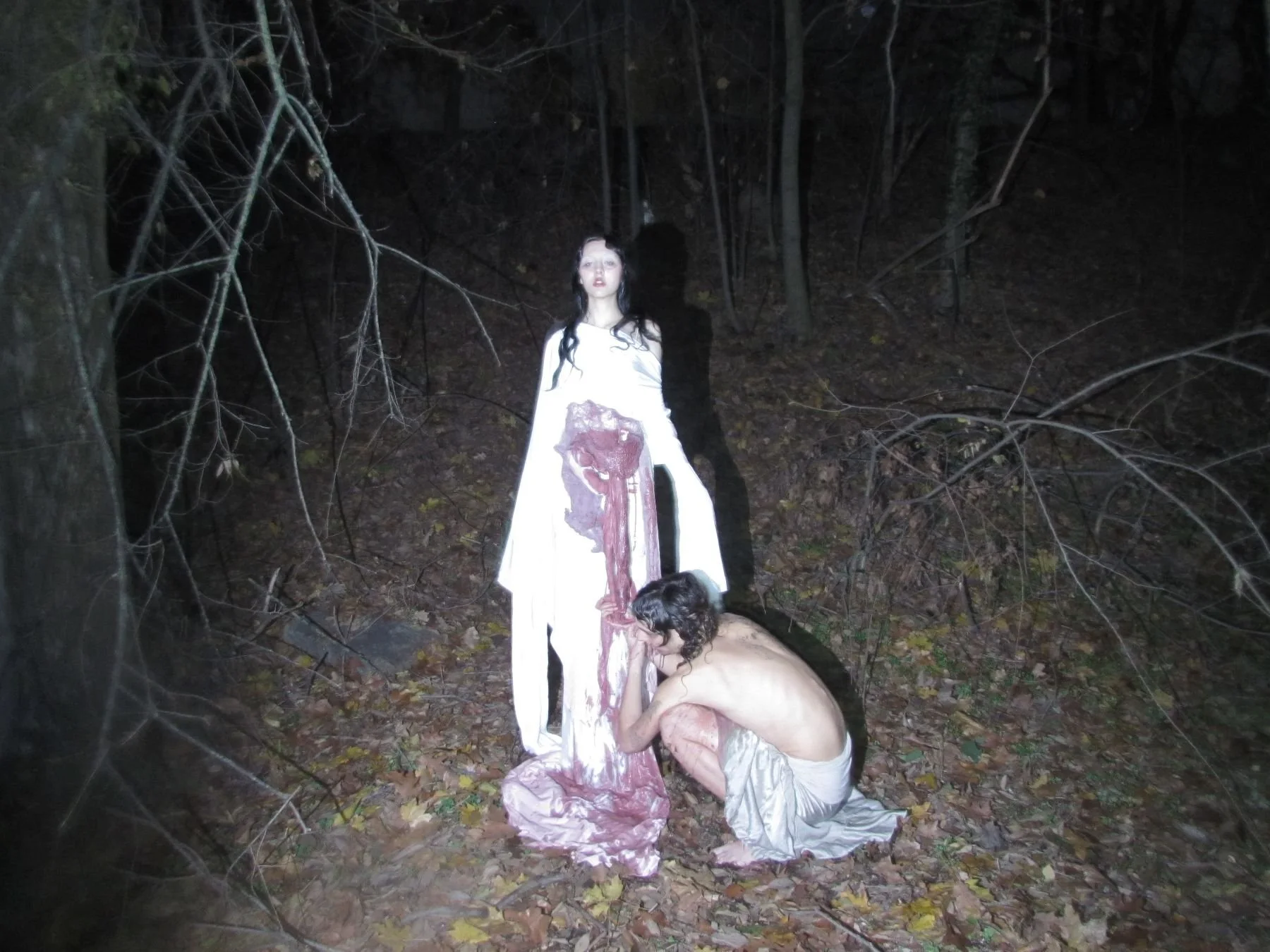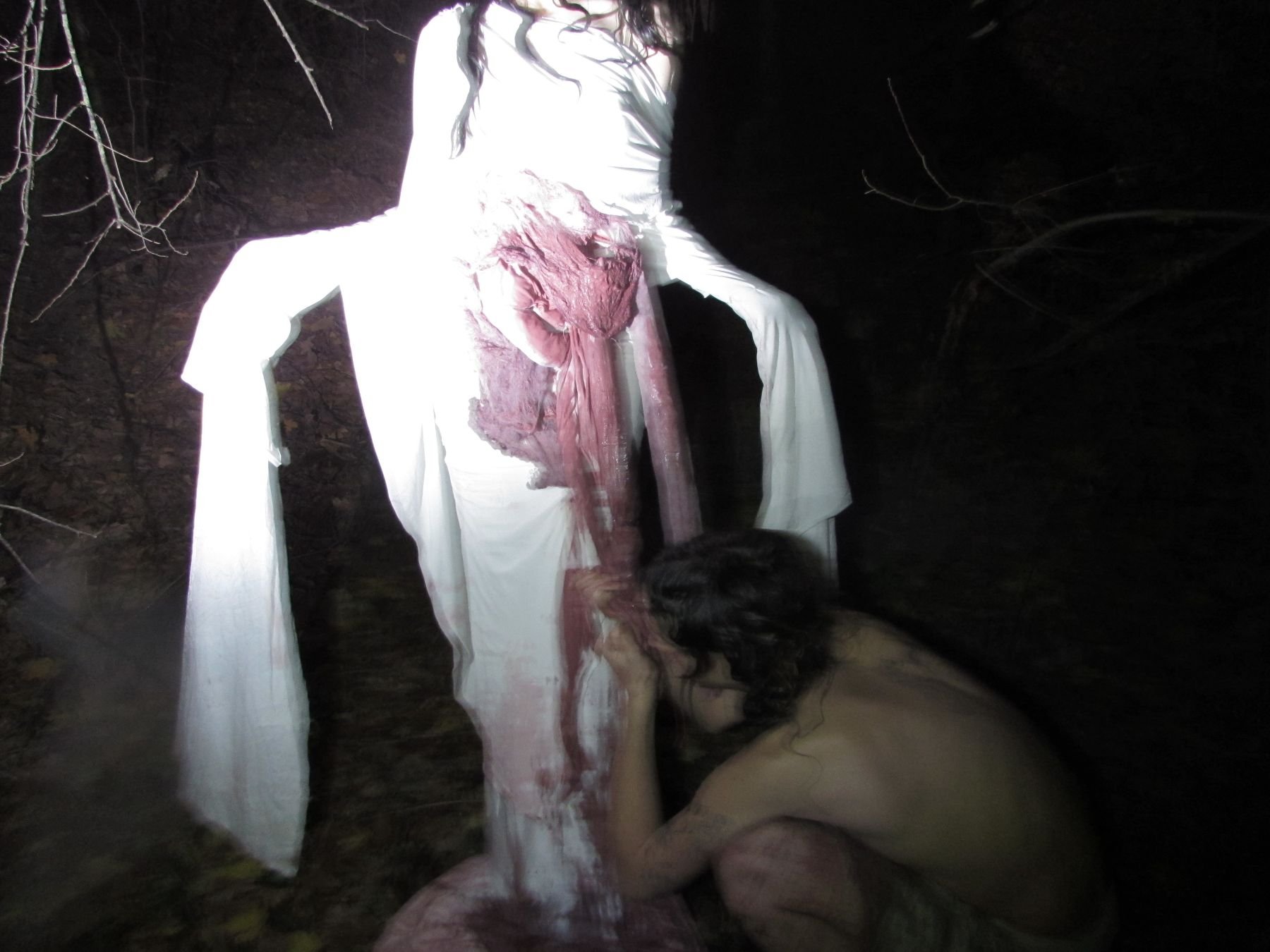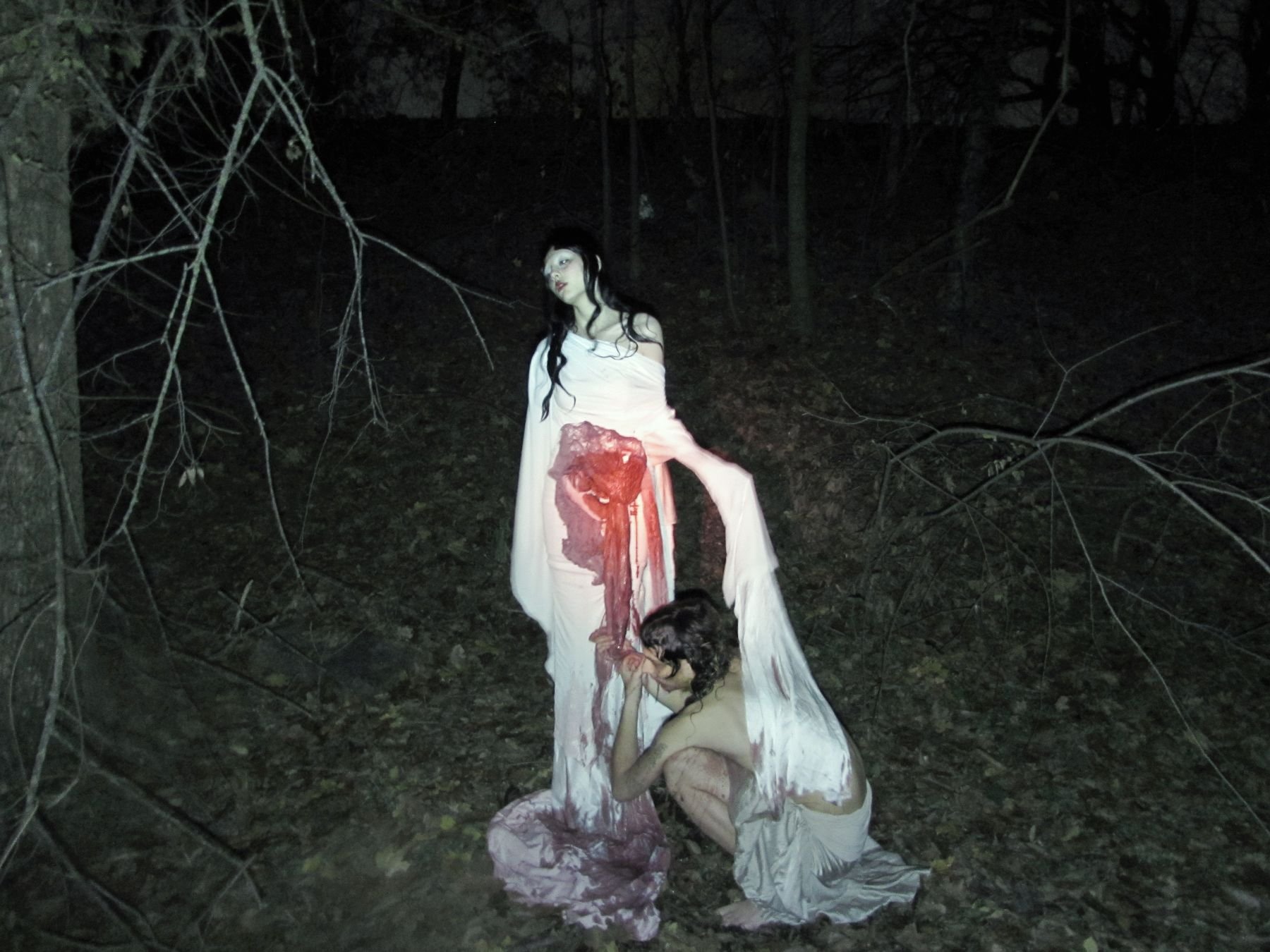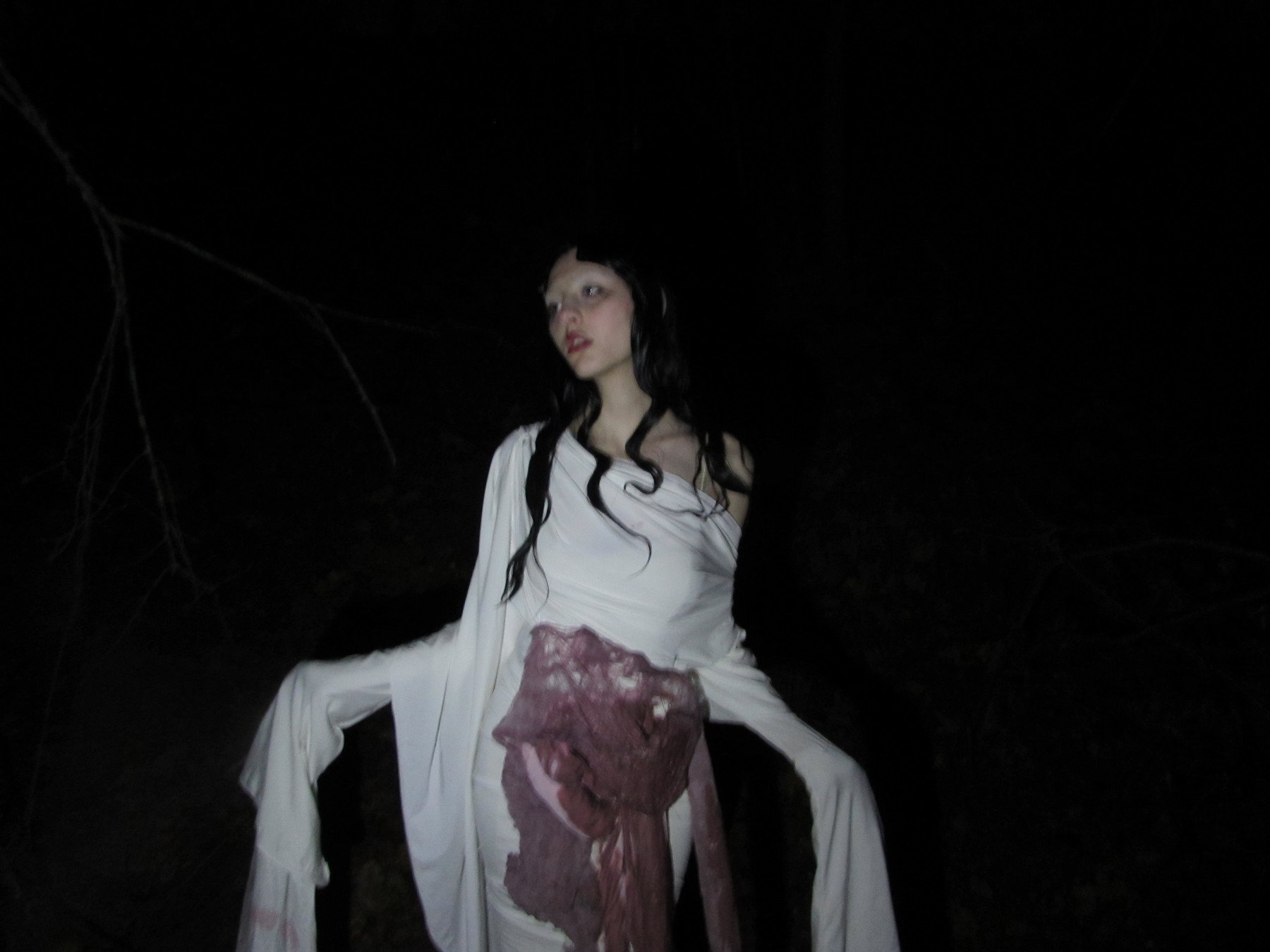Narmin Davidova
With this interview we’re glad to introduce you to Narmin Davidova, a young talented Azerbaijani artist now based in Milan. In this dialogue with Narmin, she opens herself to us through her last project, unfolding us her artistic background and the creative process behind her last project, Serenity in Suffering.
Your name is Narmin but I know your friends call you Nana. Which name do you prefer for me to call you?
I would prefer Nana, Thank you!
Can you share a bit about who you are, where you’re from and how you got started as a creative?
I am from a small town of Baku in Azerbaijan, where my upbringing was deeply intertwined with the rich culture and nature of my homeland. These influences have played a significant role in shaping my identity and creative pursuits. Seeking new horizons and pushing my boundaries, I made the decision to relocate to Milan to pursue studies in architecture, a move that has allowed me to step out of my comfort zone and embrace new challenges.
What is your artistic background? Are there specific artists or designers that influence your style?
I inherently identified as an artist, a sentiment not rooted in mere childish whims. My pursuit of beauty was a constant, predominantly sought in nature and its subtle nuances. Rather than drawing inspiration from individual artists, my creative wellspring stems from the essence of nature and human nature. I've embraced a broad spectrum of artistic expressions, venturing into realms ranging from small paintings and clothing to the intricate field of architecture.
Could you share some insights into your personal background and experiences that shaped your approach in the creation of this project?
Serenity in Suffering plays a significant role in my life; I may even consider it a defining aspect of my identity. Through this project, I aim to articulate the enduring challenges I have faced and those shared by many others. It captures the essence of feeling consumed by life's struggles yet choosing to emanate unconditional love, extending beyond personal relationships to embrace one's surroundings. In this paradox, I find a profound beauty—an embodiment of maternal strength and resilience.
The concepts of grief and sorrow seems to be a significant element in your project. How did you integrate this concept into your creative process, and what inspired you to explore such a profound aspect? And after that, how did you translated your ideas on the practical level?
Honestly, channeling grief and sorrow through my project proved to be a cathartic and healing experience. I felt it was imperative for me to traverse the final stages of my emotional journey by externalizing it. In terms of visual representation, observe the openness of the model, Chiara, standing in contrast to the second model, Antonio. My intention was to depict Chiara as a symbolic figure akin to Mother Mary, embodying a saintly presence, while portraying Antonio as a sort of monstrous entity oblivious to the immense love bestowed upon him by the maternal figure. It's essential to note that when I reference a feminine figure, I'm not confined to the concept of women as a gender, but rather, I'm alluding to femininity as an intrinsic quality residing within anyone, open to universal experiences.
It’s palpable that this is a very personal and introspective project for you but at the same time I find interesting how it connects in a very functional way with the viewer and on such a deep level. Personally, the sensations I had while watching the video were first of fear and anxiety but immediately after also of relief. The girl opens her arms, totally abandoning herself to what is happening, letting herself be devoured in such a brutal way. It seems to be an act of liberation, or even better, of acceptance of grief, thus finding - as the title says - serenity in suffering. It almost seems contradictory and yet it isn't. How is it possible to find well-being in discomfort?
I believe that every individual undergoes stages of suffering, and it's crucial to view it as an experience from which we can extract a semblance of beauty. Describing this phenomenon is inherently challenging, which is why I endeavored to encapsulate it within a visual representation.
In addition to the creative direction, I would also like to congratulate you on the dress, which was also created by you. Can you tell us a little about its construction and its components, how did you manage to make it?
As previously discussed, my vision involved portraying a feminine figure resembling Mother Mary, which necessitated the creation of a long white dress. A pivotal aspect of this project was the decision to personally craft every detail, infusing it with the essence of my soul. Crafting the dress from scratch proved to be a fulfilling task, drawing upon my background in fashion design. However, the most enjoyable aspect for me was the meticulous creation of organs and blood. I resourcefully utilized various materials found within my home to meticulously assemble the entire composition.
As a videomaker (Filippo Bertonelli) did you find difficult to translate Nana’s ideas into images? How did you contribute to the realization of this project?
I met Nana for the first time in a completely random way and from the beginning there were long conversations and immediate understanding between us, we were on a very similar wave of thought and this is was made us collaborate in a genuine way for this project and I hope for others in the future. For the realization of this project my contribution goes to having helped Nana find the female figure she was looking for, very specific, Chiara, as well as my roommate and close friend, I must say that there was a lot of teamwork during the shooting but I have to admit that Nana put a lot of her heart into this the whole time, so I'm grateful to have helped with the sound part, shooting and editing the video, but first and foremost I have to thank Nana.
art direction, costume designer, photography, photo editing NARMIN DAVIDOVA
videography & video editing FILIPPO BERTONELLI
models CHIARA MAGNI / ANTONIO BRENZA
interview ALESSIA GJINI
What to read next

















